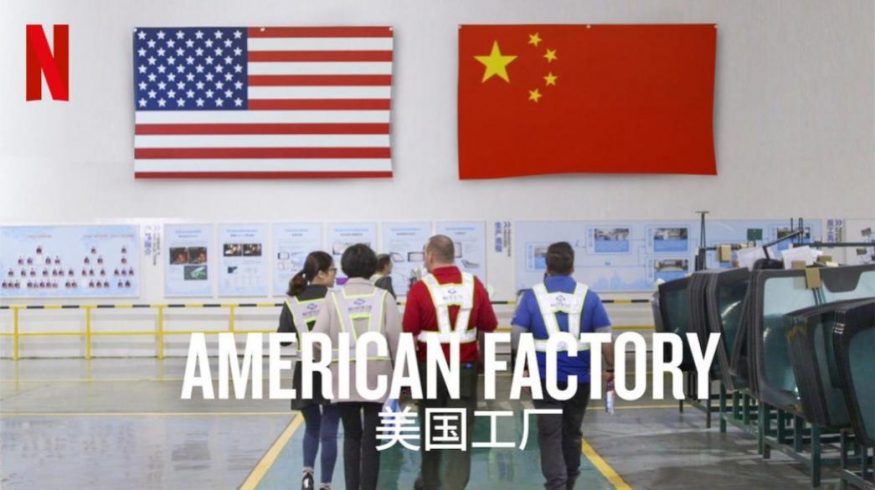Your cart is currently empty!

“American Factory” Documentary
I recently watched the academy award winning Netflix documentary “American Factory”. Set between China and Daton, Ohio, it documented Fuyao, a Chinese glass company that reopened a factory that had left thousands unemployed. However, with clashing cultures and objectives, you begin to question if the business will be successful or not.
As this new company started to pick up traction by the media, it became the shining example whether two different countries can come together. However, it was easy to see the conflicting objectives and core values between the Americans and the Chinese. The Chinese were focused on money and efficiency due to this very large investment, where Americans focused on safety and fairness.
Throughout the whole documentary, several conflicts arise. Initially, the language barrier was the largest issue because the Chinese workers had to teach the Americans how to work the new machines. As the documentary toggles between life in China and life in Ohio, this starts to create large cultural comparisons between the two countries and factories. It was obvious that the Chinese were faster and were more efficient. However, the conditions were dangerous and they would work long hours, allowing them to only see their family twice a year. Compared to the Americans, who were slower, but valued safety and regulations. Americans were used to working from 9 to 5, 5 days a week and given a decent wage.
The documentary interviews multiple workers from both China and America. They first begin with their opinions about the company and follow up again at the end of the documentary. By having both Chinese and Americans interviewed, this allows the viewer to observe both sides of the story. In turn, not allowing the documentary to have a personal bias on what ‘side’ they’re on.
In many ways I believe that the storytelling within the documentary works. There were a lot of moving parts and people throughout the whole documentary, that it would’ve been hard to focus on one person. However, I think that it would’ve been more compelling if they would have expanded on how the workers’ relationships changed over the course of the years. This would ultimately give a much larger tie to the characters within the documentary by adding an emotional value that the audience can relate to.
This is why I believe the most impactful thing about the story were the two characters Rob and Wong. Rob was a Ohio native while Wong was from China. They both worked in the same department, which meant over the two years, they built a strong friendship. What was so moving about this friendship is how they both taught each other so much, and that they both came to Fuyao for a better life.
Many of the workers were all trying to reach the same goal. To be free, to have money, to buy what they want and to see their family. Both the Americans and Chinese had hopes of what the ‘American Dream’ was when taking this job at Fuyao, but quickly came to realise the barriers that formed in their way.
The film documents the Chinese demanding more, American workers speaking out, wanting a union, but quickly getting targeted and fired for doing so. Although the end of the documentary is not a feel-good ending, American Factory shows how all of us depend on these industries to stay alive and with more and more robots replacing humans, it makes us question where the industrial industry will take us in the future.
American Factory. Steven Bognar, Julia Reichert. Higher Ground Productions. 2019. Film.
Photo Source (screen grab from documentary): https://www.business-standard.com/article/international/american-factory-documentary-that-has-chinese-buzzing-but-can-t-be-seen-119090200609_1.html

Leave a Reply